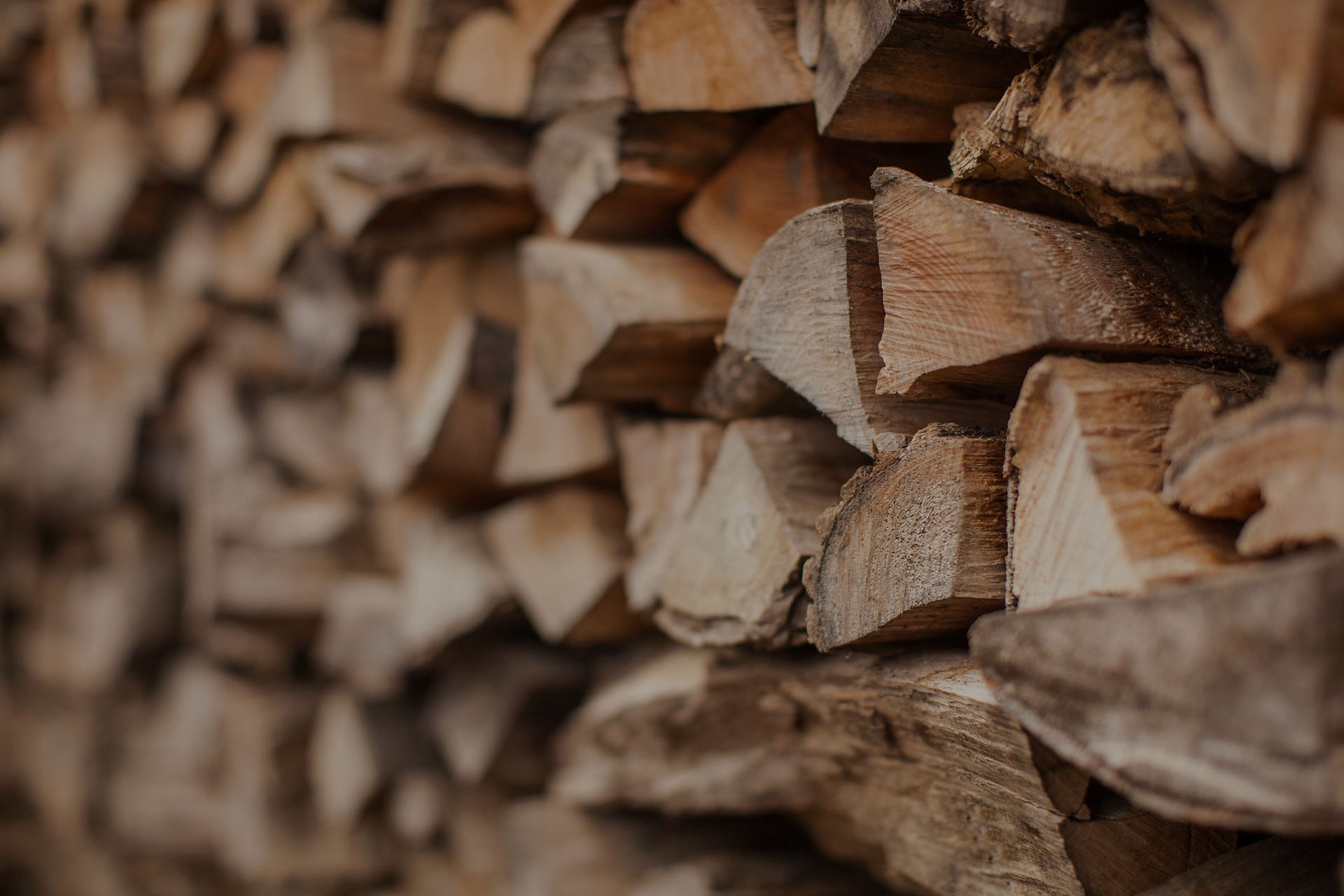

Kiln Dried over Seasoned?
What Is Kiln-Dried Wood?
To understand why kiln-dried wood is so popular with many people, you have to know how it is made and how its drying process compared to other traditional drying practices. Put simply, kiln-dried wood is the type of wood whose moisture level is reduced and controlled through a process called “kiln-drying.” The reason why this type of wood logs is considered the best is that it is very energy-efficient and fast to produce.
Usually, kiln drying relies on the hardwood like ash and oak. Since hardwood is often favored to softwood like cider, the logs produced by kiln drying are of a higher quality than the ones produced by standard seasoning. As kiln-dried ash wood is in high demand, it is sometimes hard to find. Yet, it is now sold online to bridge this supply/demand gap, and this makes buying kiln dried ash logs easy and accessible for a lot of people. Compared to normal seasoned wood, kiln-dried logs may seem a bit overpriced. Nonetheless, the quality that this type of wood offers is simply unmatched. To better understand why kiln-dried wood is preferred, we need to take a look at the kiln-drying process itself.
How Does Kiln Drying Work?
To non-experts, kiln drying might seem like a tedious, long-winded process. While it certainly involves multiple steps to get the desired result, the process itself is a lot faster and more controlled than traditional seasoning. Here is a breakdown of the full steps of kiln drying.
After the logs have been processed, the wood is then loaded into a closed drying chamber. There are many types of drying chambers, but the most popular one is the conventional variety that uses a furnace or a water heater to operate. The heat source works on sucking the moisture out of the wood, vaporizing it in the process. Then, the excess water vapor is expelled from the chamber by running the chamber’s fans. Dehumidification chambers are also another lesser-known type of kiln drying rooms that depend on a pump to suck the moisture and remove it from the kiln chamber, storing the excess water to be used in other ventures. Regardless of the drying technique, kiln drying is a very controlled process through which the moisture level of the wood can be precisely reduced to the required levels, thus eliminating the need for moisture meters.
Kiln Drying vs. Seasoning
Both seasoning and kiln drying has the same objective: reducing the moisture level of the logs to acceptable levels. Nevertheless, the length, technique, and the results of both processes are vastly different. Below are some of the core differences between seasoning and kiln drying.
Speed
One of the main differences that give kiln drying an advantage is its speed. Seasoning involves leaving the wood logs to air dry. Without a doubt, this process takes a lot of time - around 6-18 months. So, if you want to have firewood by winter, you need to cut your logs in the spring. On the other hand, since kiln drying depends on a heat source, it makes the drying process much faster. It may take more than three drying cycles for the wood to be ready, but each cycle does not require more than ten hours to be completed. Thus, the firewood can be ready in just a few days as opposed to several months.
Moisture Consistency
Moisture inconsistency is perhaps the biggest drawback of seasoning. The ends of logs often lose moisture faster than their middle part, so air drying can leave you with logs that are overly dried at the ends but still wet in the middle. On the contrary, kiln drying sucks the moisture equally from all parts of the wood, leaving you with perfectly dry logs. This has a direct effect on the efficiency of the logs when burned, as it allows the firewood to light up faster and burn slower.
Pests
Trees are full of bugs, fungus, larvae, and eggs. This can cause a huge problem when using the logs later on, as you will be risking infestation every time you chuck seasoned logs into your fireplace. Since seasoning relies on air to dry the logs, it does not get rid of these bugs. Kiln drying is the complete opposite; it eliminates any bugs or insect eggs by using heat. The high temperatures involved in the kiln drying process kill any pests, presenting you with a safe product.
Chemicals
As seasoning does not use heat to dry the wood, the resulting logs need to be cured by utilizing harsh chemicals to ensure they are fully sanitized. These chemicals become active and mix with the smoke the logs produce when burned. Indubitably, this can cause a lot of health issues, especially for people suffering from asthma and similar conditions. Kiln-drying does not entail the same risks because it depends on heat to sanitize the wood. So, you can safely use it without worrying about any subsequent health issues down the line.